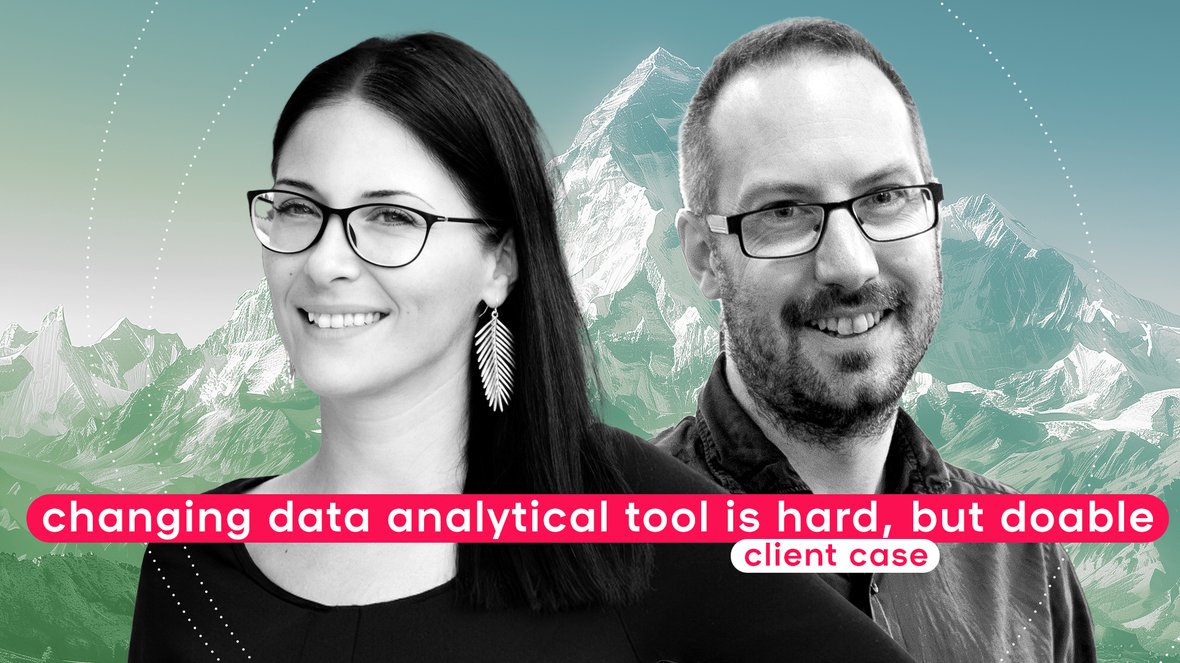3. Here’s a tip from Ed: If you're at a large publisher with many titles, then starting a pilot at a fairly new title or one that has just brought in new people might help. If you are smaller, you can try this 'trick' and focus on a single sub-editorial team, such as the sports team or the business team
4. Your first task should be to set up a clear strategy on paper with the goals of using the tool clearly in mind. You might find out that you don’t actually need the tool at all, but it also helps to come to the editorial team with a good story. Here’s Ed again: “Look for the challenges the newsroom is facing. Maybe a goal is to increase the number of newsletter subscribers. If you can show precisely how a tool can help achieve such a goal, there is an incentive to get started with it.
5. Keep in mind what the workflow of a journalistic day looks like. "No one is going to read 17 reports a day," says Ed. "Each editorial team has its rhythm. It must be adaptable. When is the tool deployable and how does it fit into the schedule of the day or the week?"
Sportnieuws.nl just started with smartocto and sees that the editorial team is not yet able to fully utilise the tool. "This is not due to smartocto but other factors", Twan Bovée tells us: "For instance, we would like to conduct A/B testing with headlines, among other things, but we currently have insufficient traffic on our homepage. Additionally, we aim to make progress with metrics such as scroll depth to continually improve the quality and structure of our articles. As we are still heavily reliant on platforms like Google Discover and Facebook, it is more challenging to draw specific conclusions from certain data, given the volatility of these external factors. Whenever we have questions, we receive excellent support. Success manager Martijn de Bie keeps us informed about developments, such as AI. We are keen to engage with this, as it offers us opportunities for headline suggestions, for example. We work with many junior editors, and additional tools can be a valuable resource for developing their skills further and enhancing our product."
Newsrooms have come a long way, and we’ll leave you with this thought from Olga. "Five years ago, it was really difficult to get media professionals to use data analytics to inform their work. Now journalists realise that the impact that they made is relevant for what should be done next. Change comes more naturally to newsrooms that nurture an experimental mindset in their organisation.”
This story was first published on INMA.org

